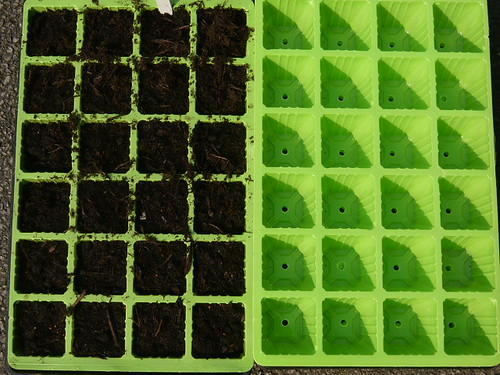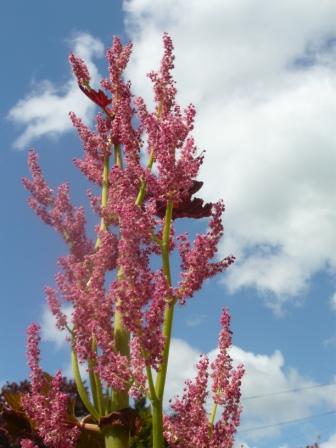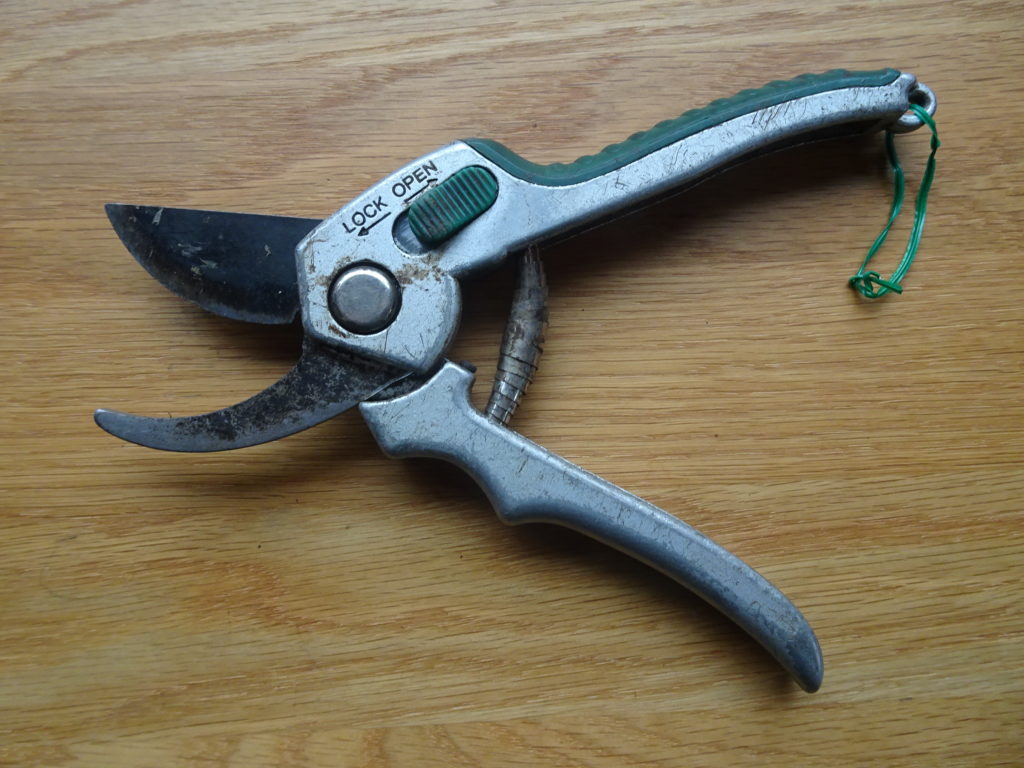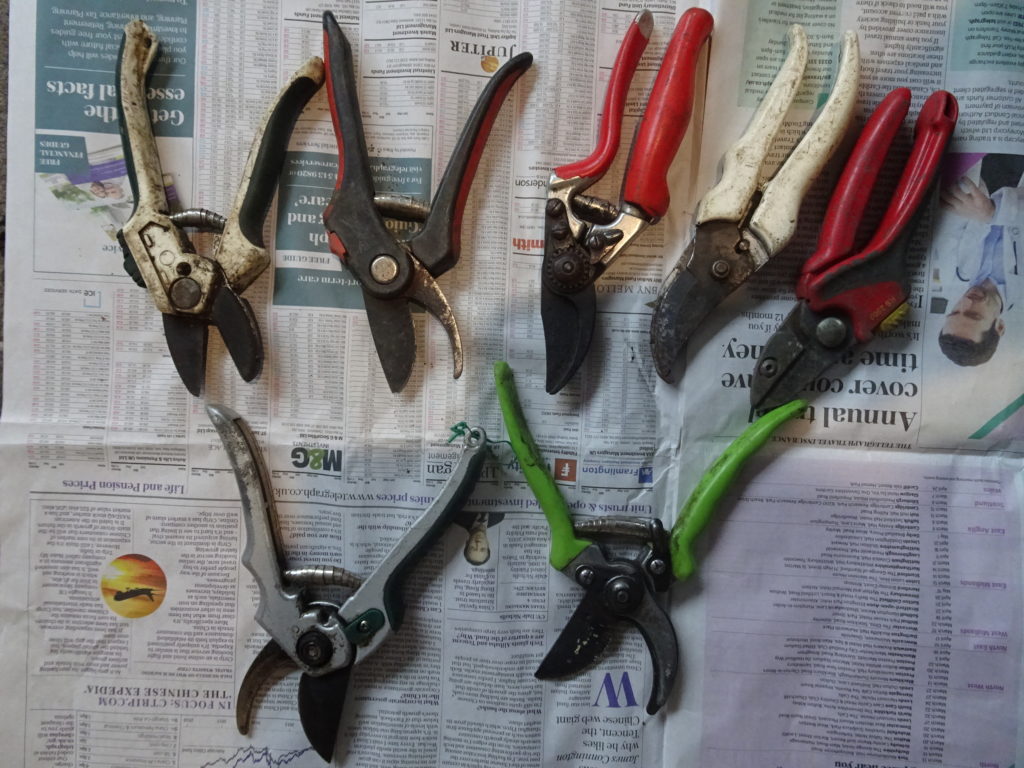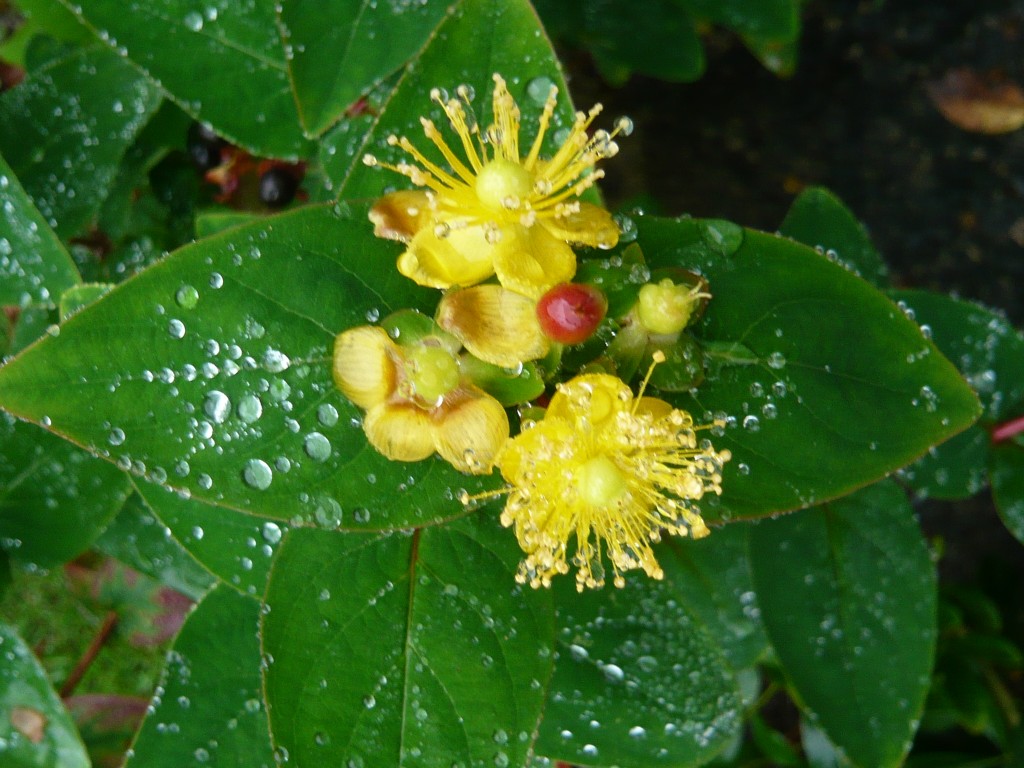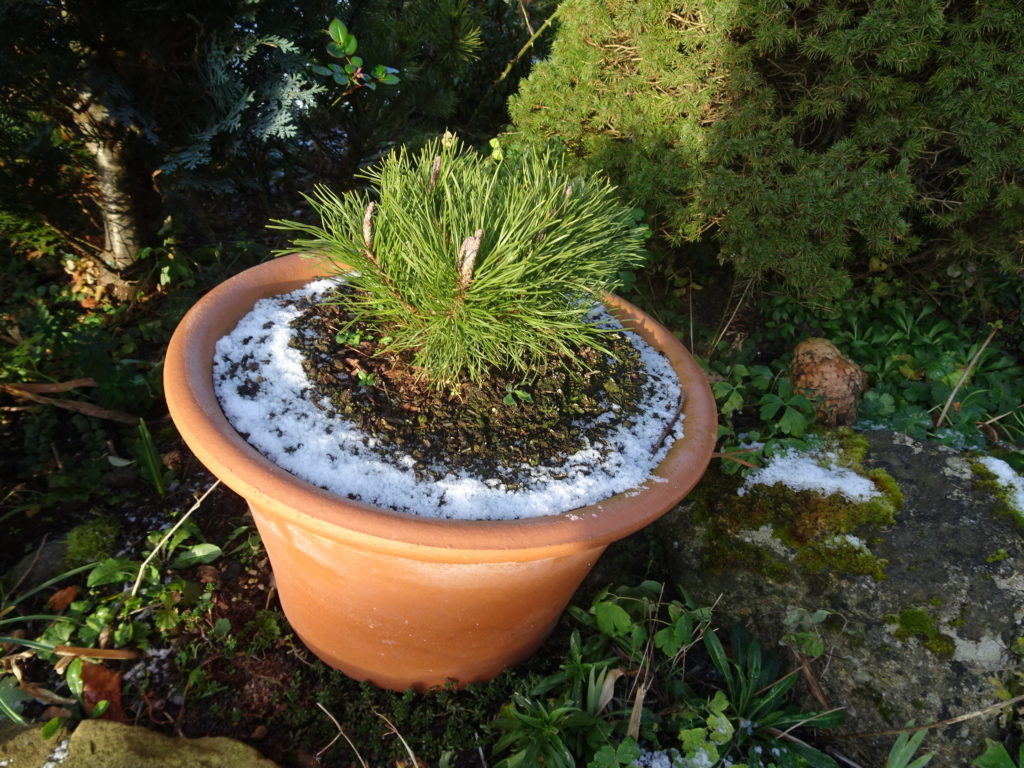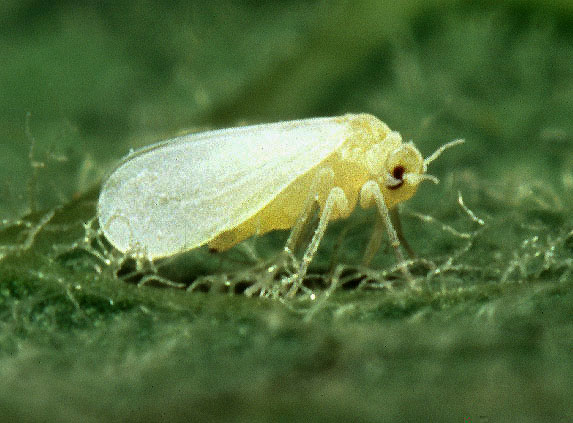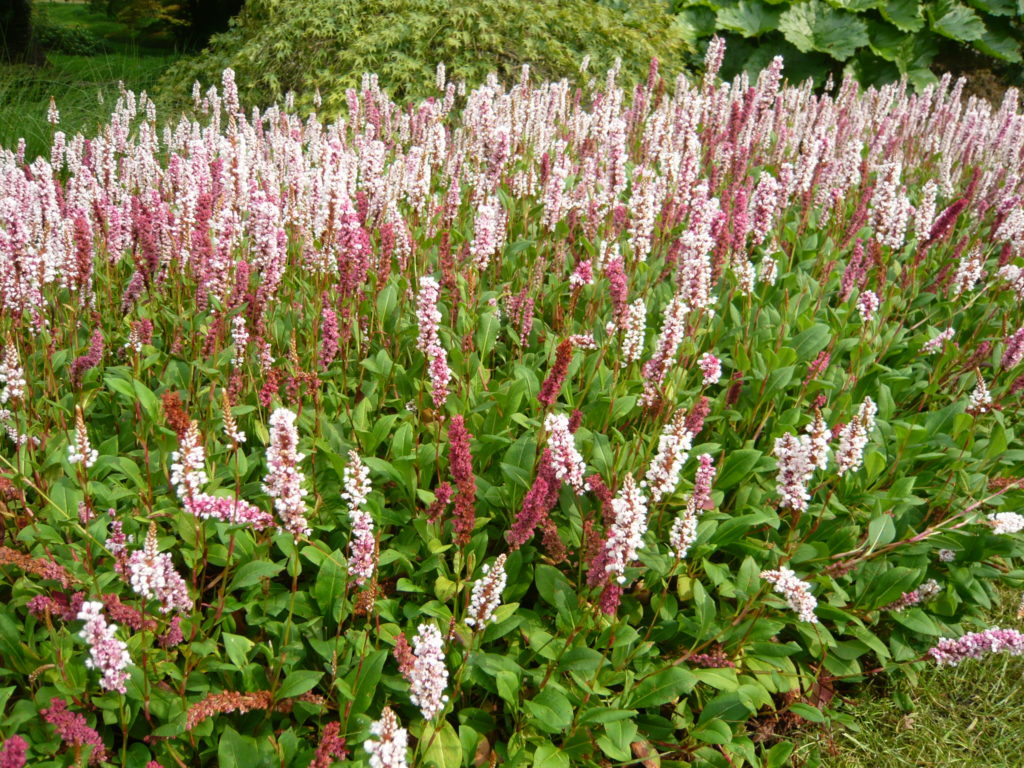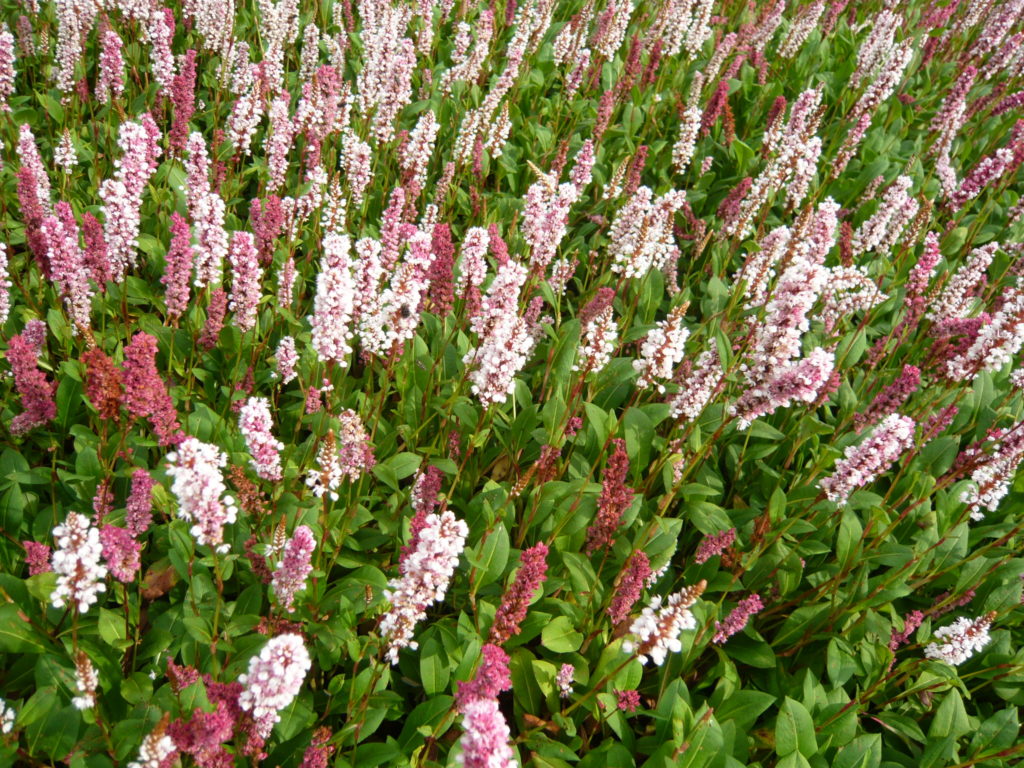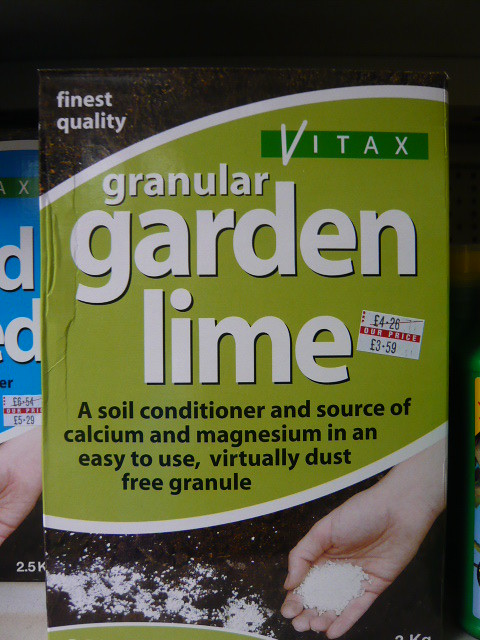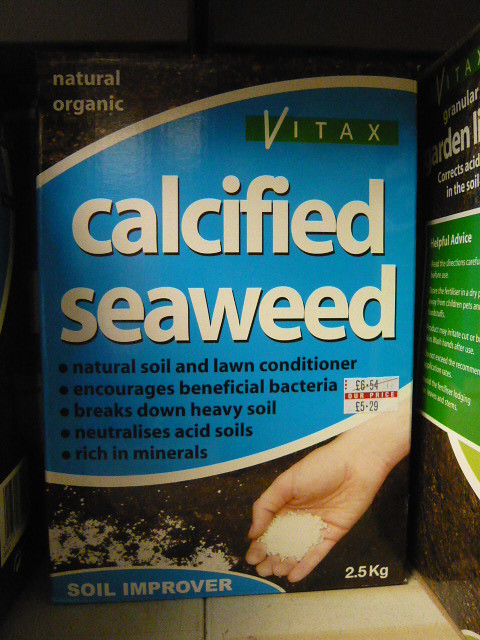Seed Tray Review and Tips
The clue is in the name Seed Tray – this note is about seeds in trays and although they can double up for seedlings the issues are different. Seed sowing probably starts in February and is reaching its height by the middle of April.
Seed Tray Review
- Old wooden seed trays with slats and high sides are still in use. They need care when cleaning before new crops are sown.
- Plastic seed trays from rigid polypropylene with drainage holes can be used time and again and are easy to store and clean. There is generally a pattern of ridges to improve drainage.
- I like to use the thin plastic segmented inserts like those in the photograph inside a normal seed tray .
- It adds rigidity and makes for easy movement
- They are cheap enough to be disposable but last a couple of seasons with care.
- They vary in the number of cells, 3×5, 8×5 or 4×6 for example.
- Each cell can be for individual seeds or used for several fine seeds. It makes pricking out and planting far easier.
- The cells can also be used for growing on after pricking out. 15 or 24 good plants can be raised in one tray.
- Do not put plastic inserts in a tray without drainage holes or the compost may get water logged.
- Seed trays can be used to hold individual pots in one place. Up to 15 square 3″ pots can be put in one tray and they are a bit deeper than a standard tray.
- Disposable or disinfectable, plastic labour saving devices were not available to our parents and grandparents but take care how you dispose of them.
Alternative Seed Trays
- If you can find them old fish boxes can make good seed trays. The polystyrene variety helps to keep an even temperature. Some old fruit boxes can be adapted as seed trays. In both instances make sure there is adequate drainage.
- You do not need a tray per se, any container with drainage holes will suffice. I use a lot of old plant pots for starter seedlings.
- Rubberised plastic trays usually in black are more rigid and I find them better than the extruded green plastic shown above.
- Home made compressed capsules, rolls of paper, even cardboard toilet paper tube can be pressed into service.
Seed Tray Tips
- Take care when watering to get all the area damp. Some composts and soils are difficult to get evenly wet
- Label your seed sowing with the date and type of seed sown.
- Sterilise your used seed trays in Jeys fluid or similar.
- To water from the bottom fill a larger container and stand the tray in the water until enough has been taken up by capillary action.
- Do not leave seedlings too long before pricking out. Long roots soon become stunted. Seedlings need space to develop roots.
- Carefully push out the cell contents from the bottom if using a plastic product. Otherwise a firm tap will generally loosed to compost.
- Be careful small cells hold less soil and moisture.
- The edges and cells near to the drying sun can be hostile to seedlings.
- Exposure to sun and the elements can make some plastic brittle.
- Prick out and pot on as soon as possible (when two leaves are showing).
Special Seed Sowing Devices
- Matching the seed tray to the plant you are growing may dictate the tray you use.
- Sweetpeas need a long root run and trays tend to be too shallow. I use deep pots but you can sow in root trainers or home made paper tubes.
- Biodegradable peat pots can be used for plants that do not like their roots to be disturbed.
- Individual pots may be best for large or expensive seed.
